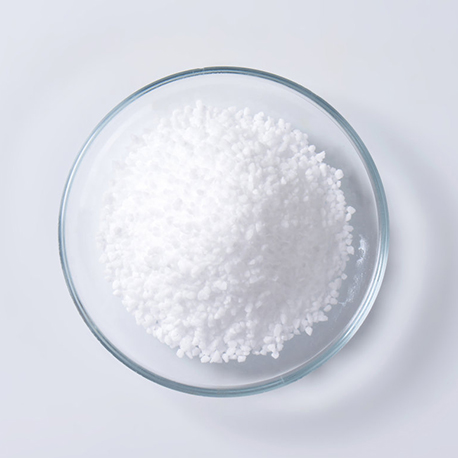
News
Dhj . 19, 2024 15:13 Back to list
citrus micronutrient fertilizer
The Importance of Citrus Micronutrient Fertilizer
Citrus fruits, beloved for their refreshing taste and high vitamin C content, are essential in global agriculture. However, to optimize their growth and ensure a bountiful harvest, the application of micronutrient fertilizers has become increasingly important. This article will delve into the significance of citrus micronutrient fertilizers, their components, benefits, and best practices for application.
Understanding Micronutrients
Micronutrients are elements required by plants in small quantities but are crucial for their growth, development, and overall health. In the context of citrus cultivation, essential micronutrients include iron, manganese, zinc, copper, boron, and molybdenum. Each of these elements plays a distinct role in various physiological processes within the plant. For instance, iron is critical for chlorophyll production, while zinc is necessary for enzyme function and growth hormone regulation.
The Role of Micronutrient Fertilizers
Citrus trees, especially in nutrient-deficient soils, often struggle to absorb sufficient micronutrients. This deficiency can result in several physiological disorders and yield losses, such as leaf chlorosis, poor fruit quality, and reduced overall tree performance. Utilizing a micronutrient fertilizer can help correct these deficiencies, thereby enhancing plant health and productivity.
Benefits of Using Micronutrient Fertilizers
1. Enhanced Growth and Development Micronutrients contribute to numerous growth processes, including root development, flowering, and fruit setting. Citrus trees fortified with the right micronutrients exhibit vigorous growth and improved fruiting patterns.
2. Improved Fruit Quality The application of micronutrients leads to healthier trees, which produce higher-quality fruits. Micronutrient-enriched citrus fruits are known for better taste, texture, and nutritional value, engaging consumers more effectively in the market.
3. Disease Resistance Healthy plants equipped with adequate micronutrients can better withstand environmental stressors and resist diseases. This resilience can ultimately lead to lower losses due to diseases and pests, saving growers both time and money.
4. Soil Health Many micronutrient fertilizers are formulated to improve soil structure and health over time. A well-balanced soil ecosystem not only aids in the uptake of nutrients but also fosters beneficial microbial activity.
citrus micronutrient fertilizer

Selecting the Right Micronutrient Fertilizer
When it comes to choosing the appropriate micronutrient fertilizer for citrus trees, several factors must be considered
- Soil Testing Before applying any fertilizer, it’s crucial to conduct a soil test to determine existing nutrient levels. Tests can help identify specific micronutrient deficiencies and tailor fertilization strategies accordingly.
- Chelated vs. Non-Chelated Micronutrient fertilizers can be chelated (bound to organic molecules) or non-chelated. Chelated fertilizers often provide better nutrient availability and absorption rates, especially in alkaline soils where certain micronutrients can be less available.
- Application Method Fertilizers can be delivered through various methods, including foliar sprays, soil applications, and fertigation (applying nutrients with irrigation). Foliar applications can provide quick relief for deficiencies, while soil applications improve nutrient availability over time.
Best Practices for Application
1. Timing The timing of fertilizer application is critical. Typically, it’s best to apply micronutrient fertilizers during the growing season when trees are actively absorbing nutrients.
2. Correct Dosage Over-fertilization can lead to toxicity, while under-fertilization can fail to address deficiencies. Following recommended guidelines based on soil testing is essential for effective application.
3. Monitoring and Adjustment Regular monitoring of tree health and soil nutrient levels is vital. Adjusting the fertilization strategy based on ongoing observations ensures the trees receive what they need.
Conclusion
In conclusion, citrus micronutrient fertilizers play a pivotal role in enhancing the health and productivity of citrus trees. By addressing micronutrient deficiencies, growers can ensure robust growth, improve fruit quality, bolster disease resistance, and contribute to healthier soils. As the demand for high-quality citrus continues to rise, adopting best practices for micronutrient fertilization will be crucial for sustainable citrus production in the years to come. Through careful management and strategic application of these essential nutrients, farmers can maximize both yield and profitability while supporting environmental health.
-
OEM Chelating Agent Preservative Supplier & Manufacturer High-Quality Customized Solutions
NewsJul.08,2025
-
OEM Potassium Chelating Agent Manufacturer - Custom Potassium Oxalate & Citrate Solutions
NewsJul.08,2025
-
OEM Pentasodium DTPA Chelating Agent Supplier & Manufacturer High Purity & Cost-Effective Solutions
NewsJul.08,2025
-
High-Efficiency Chelated Trace Elements Fertilizer Bulk Supplier & Manufacturer Quotes
NewsJul.07,2025
-
High Quality K Formation for a Chelating Agent – Reliable Manufacturer & Supplier
NewsJul.07,2025
-
Best Chelated Iron Supplement for Plants Reliable Chelated Iron Fertilizer Supplier & Price
NewsJul.06,2025
